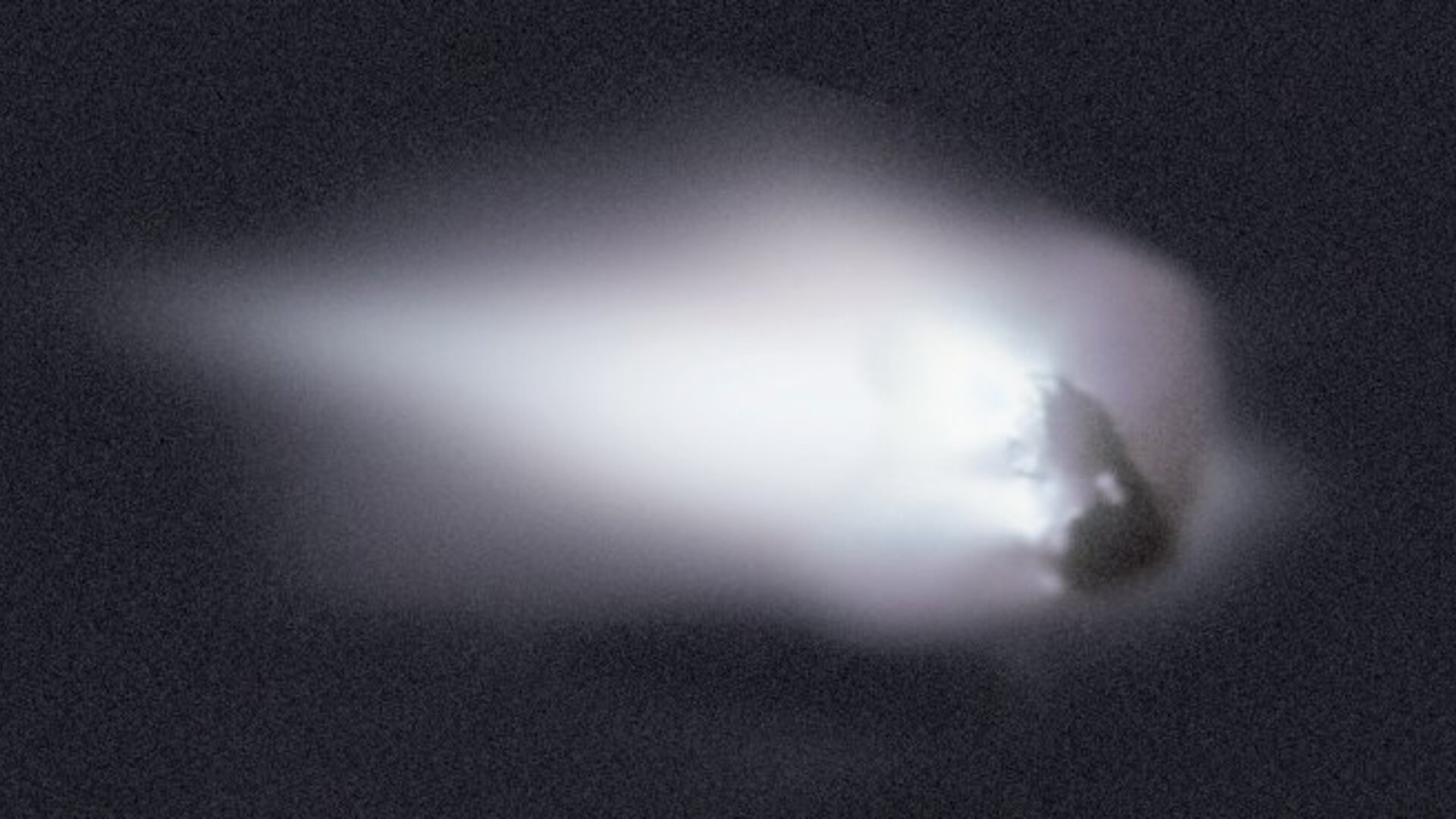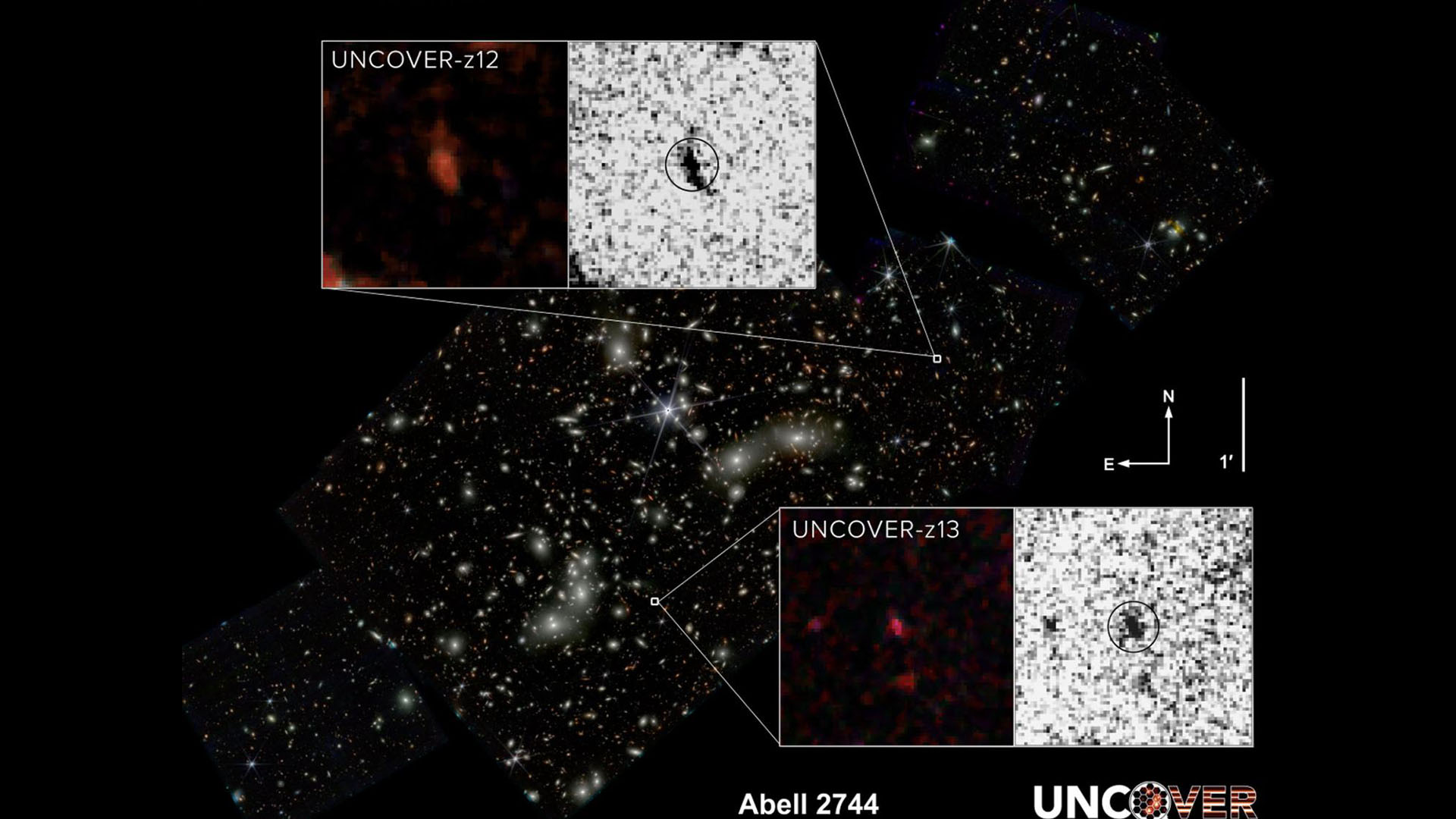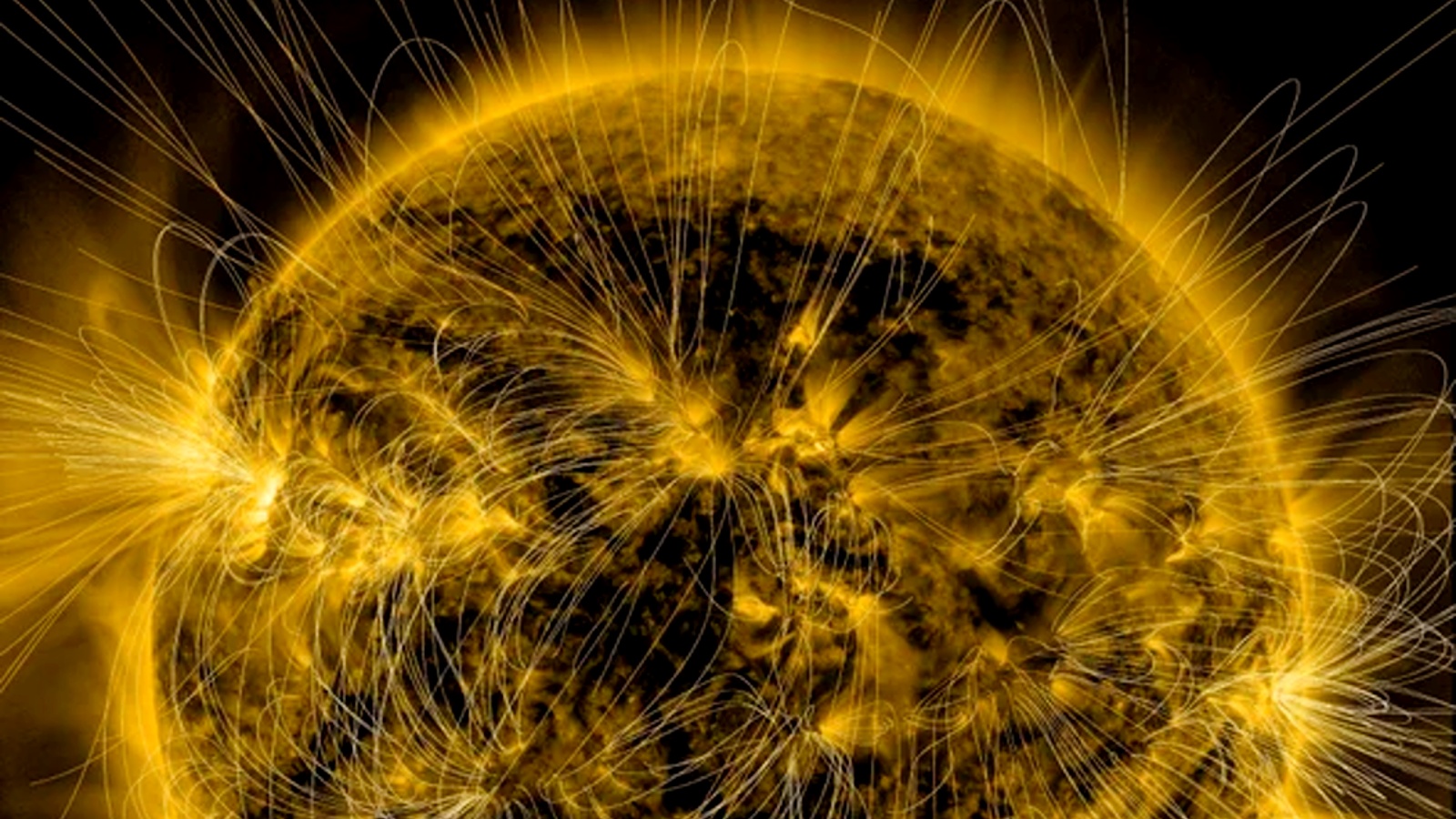
Brandon Specktor
Brandon is the space/physics editor at Live Science. His writing has appeared in The Washington Post, Reader's Digest, CBS.com, the Richard Dawkins Foundation website and other outlets. He holds a bachelor's degree in creative writing from the University of Arizona, with minors in journalism and media arts. He enjoys writing most about space, geoscience and the mysteries of the universe.
Latest articles by Brandon Specktor

James Webb telescope sees 'birth' of 3 of the universe's earliest galaxies in world-1st observations
By Brandon Specktor published
The James Webb Space Telescope may have spotted the birth of some of the earliest galaxies in the universe for the first time ever, new research hints.
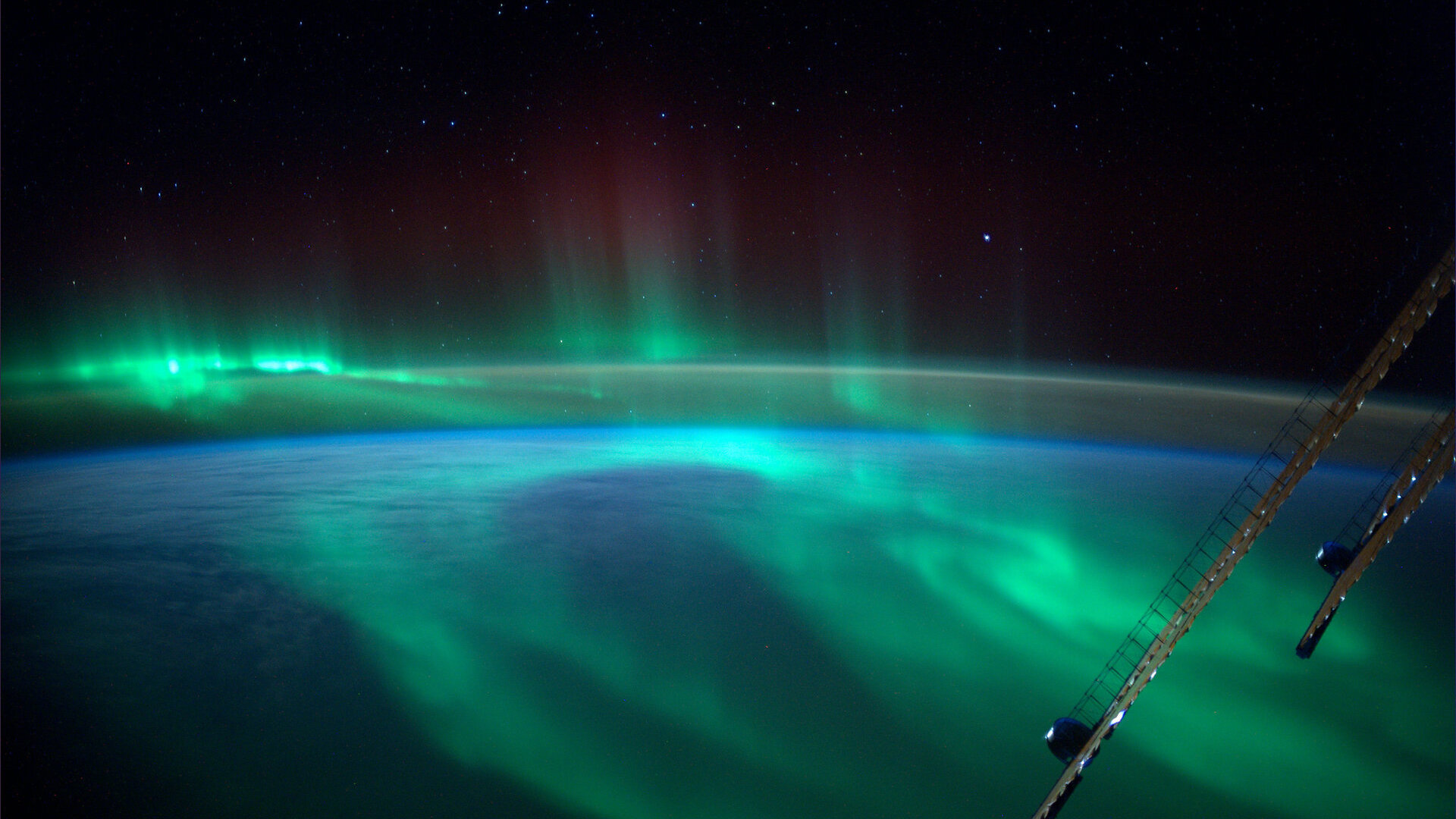
32 stunning photos of auroras seen from space
By Brandon Specktor published
Auroras (also called the northern and southern lights) are visible from the ground after powerful solar storms, but these natural light shows look even more majestic from above. Here are 32 spectacular photos of auroras taken from space.

James Webb telescope spots 2 monster black holes merging at the dawn of time, challenging our understanding of the universe
By Brandon Specktor published
New observations with the James Webb Space Telescope reveal the most distant pair of merging black holes ever spotted. The discovery further challenges leading theories of cosmology.
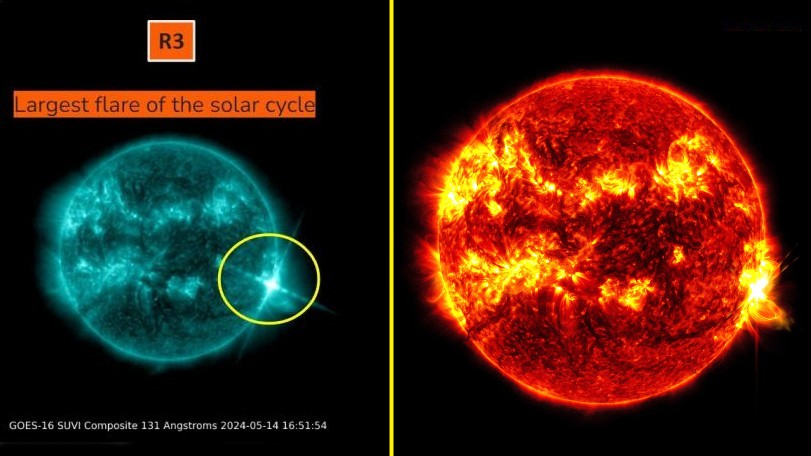
Sun launches strongest solar flare of current cycle in monster X8.7-class eruption
By Brandon Specktor published
The strongest solar flare in half a decade just launched off the sun from the same sunspot group that triggered dazzling auroras last weekend. But don't expect northern lights this time around.
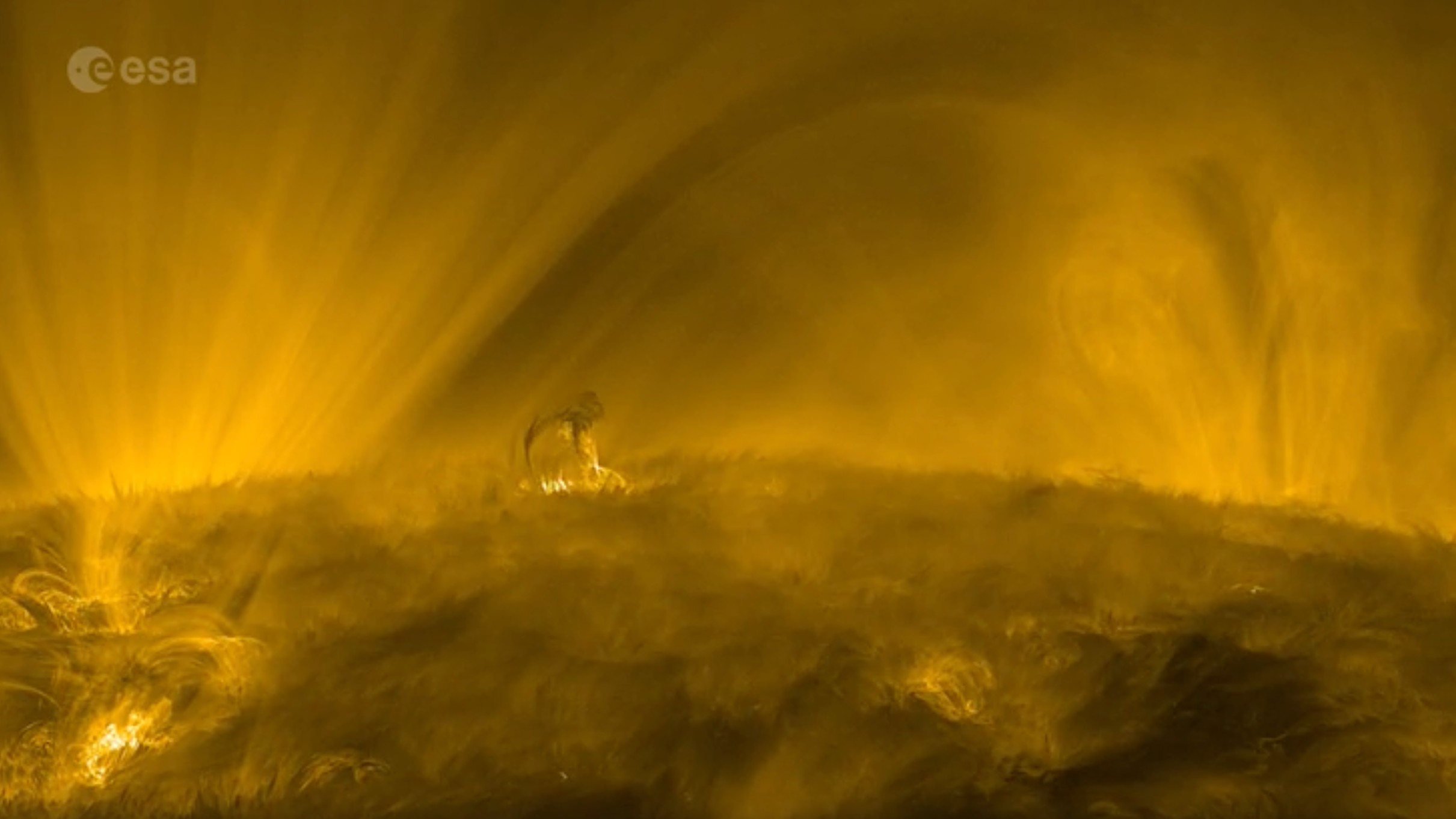
Space photo of the week: A planet-size explosion rocks the sun's 'mossy' corona
By Brandon Specktor published
Coronal moss grows, solar rain falls and plasma eruptions rear their gargantuan heads in this fiery landscape of the sun's outer atmosphere, taken by ESA's Solar Orbiter.
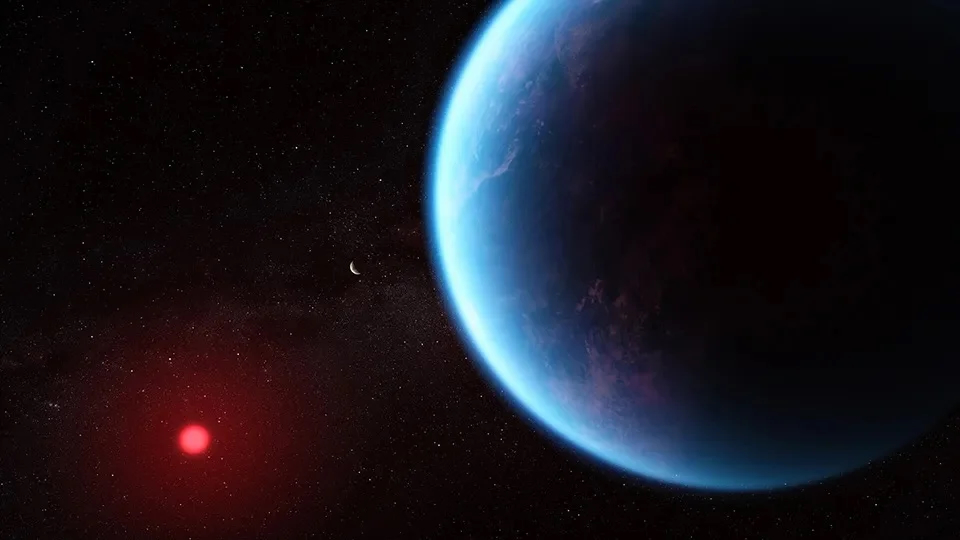
No, the James Webb Space Telescope probably didn't detect signs of alien life — but it soon could
By Brandon Specktor published
The James Webb Space Telescope's possible detection of biological chemicals on the exoplanet K2-18b may just have been methane gas, a new study cautions. Planned follow-up observations could solve the mystery for good.
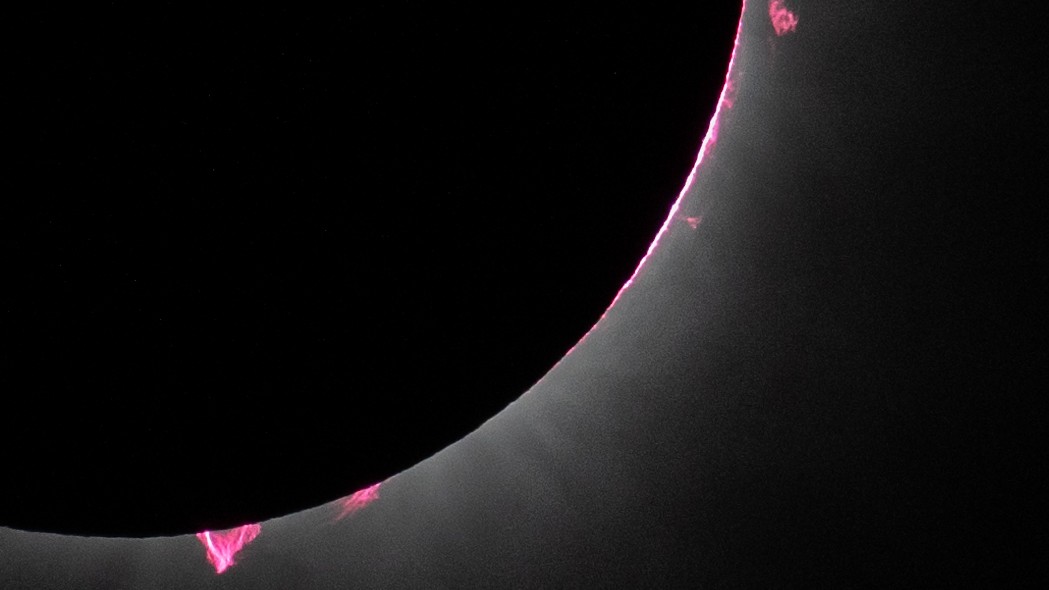
Space photo of the week: NASA spots enormous pink 'flames' during total solar eclipse. What are they?
By Brandon Specktor published
Fiery pink towers could be seen erupting from the sun during the total solar eclipse on April 8. What are they?

Why I watched the solar eclipse with my kids, a goose and 2,000 trees
By Brandon Specktor published
A solar eclipse viewing party at Canada's Royal Botanical Gardens peaked with a 90-second totality that blew minds and moved hearts. Also, there were geese.
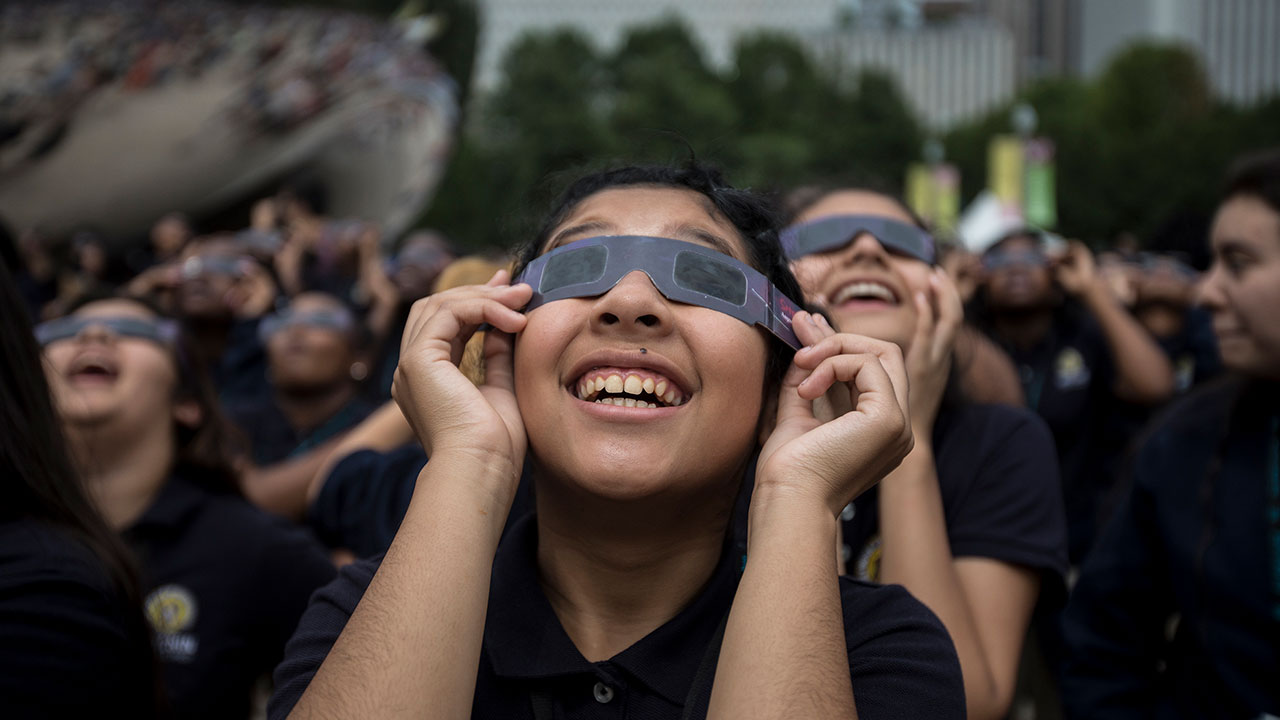
Where to get solar eclipse glasses last minute
By Brandon Specktor published
It may not be too late to get last minute solar eclipse glasses for today, depending on your location.
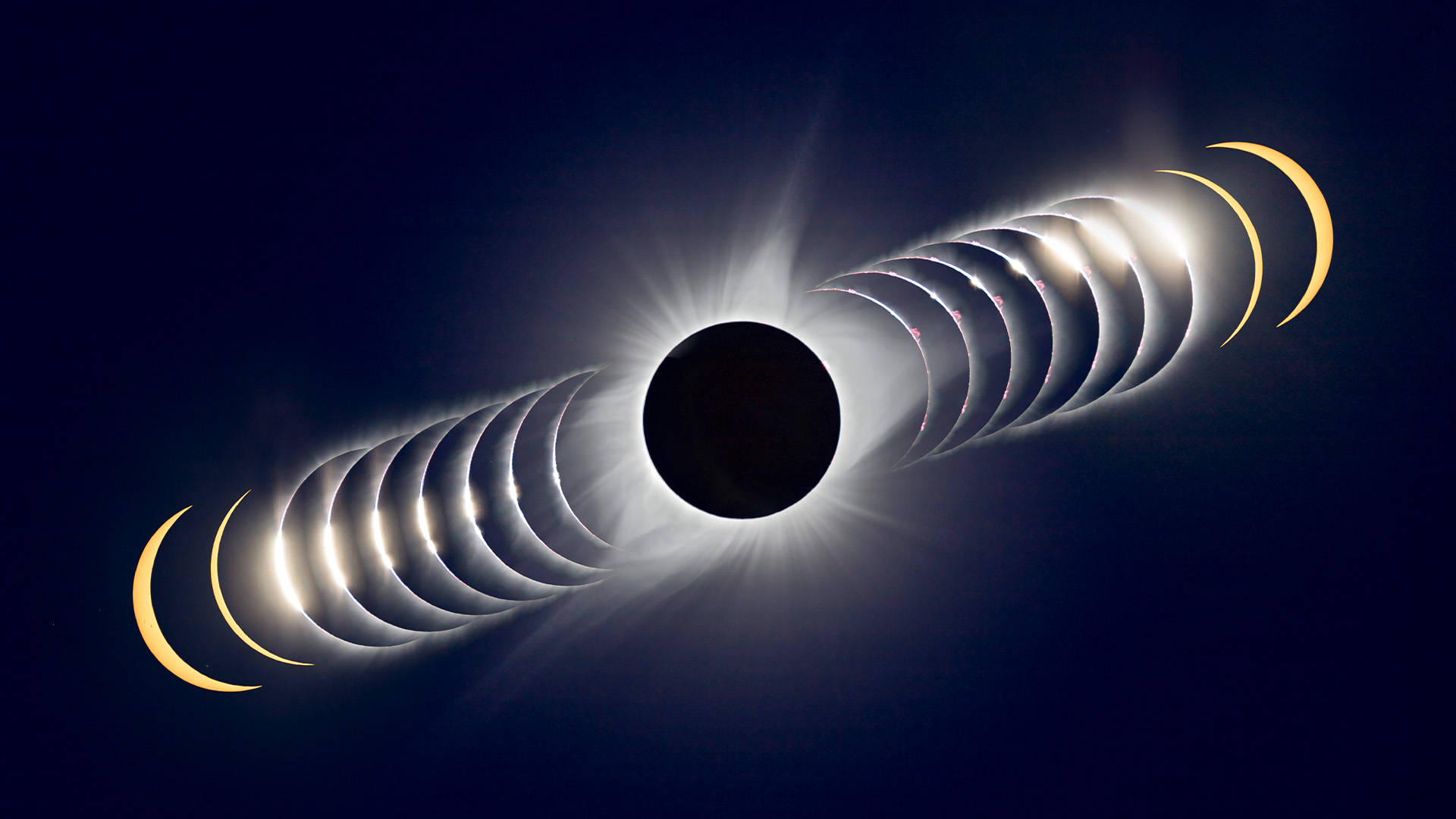
April 8 total solar eclipse: Everything you need to know
By Brandon Specktor last updated
A total solar eclipse will be visible to millions of people in North America today. Here's everything you need to know about where, when, and how to view the 2024 solar eclipse.
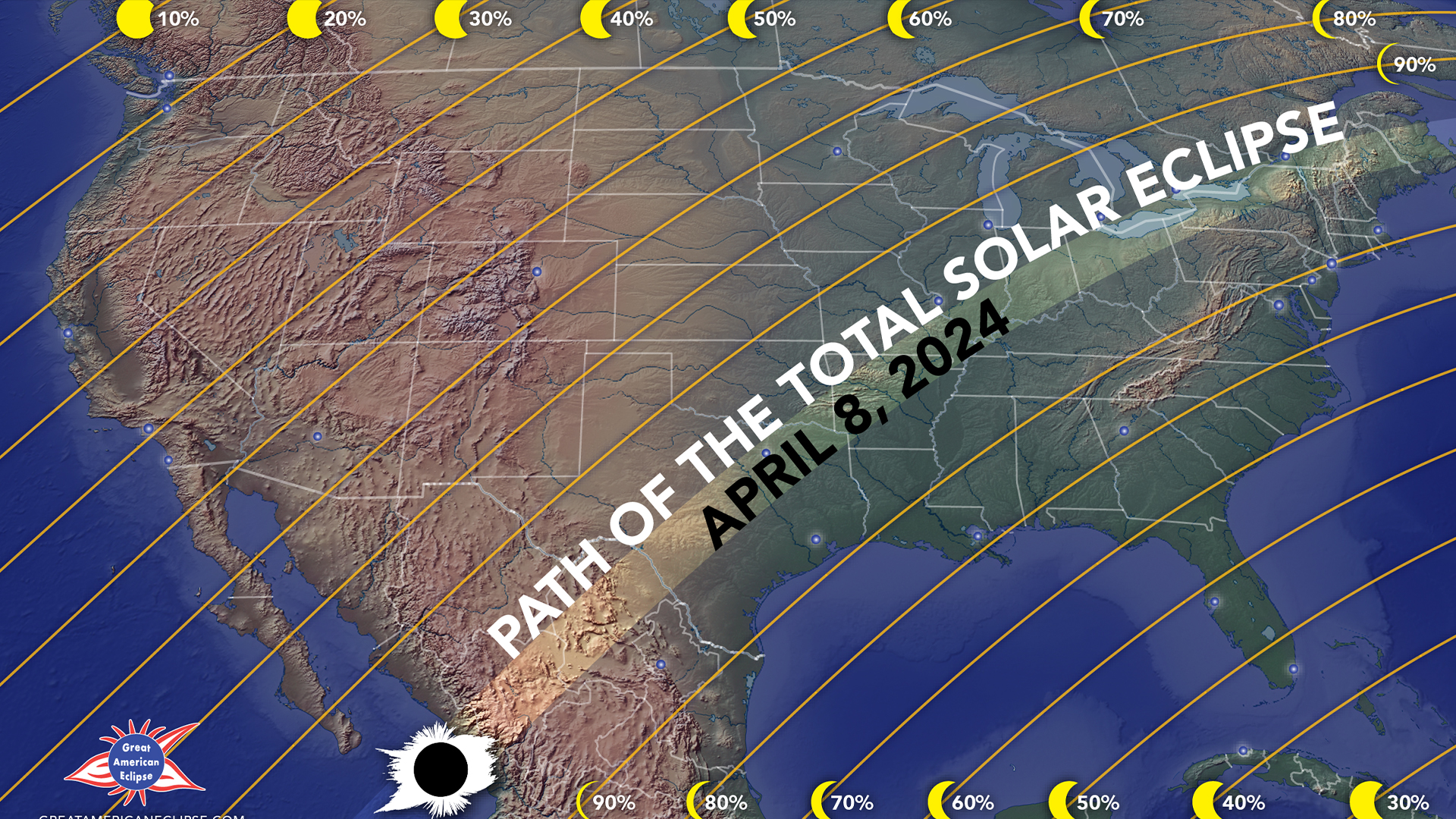
2024 solar eclipse map: Where to see the eclipse on April 8
By Brandon Specktor published
These 2024 solar eclipse maps will help you make the best decision about where and how to watch the total solar eclipse on Monday (April 8).
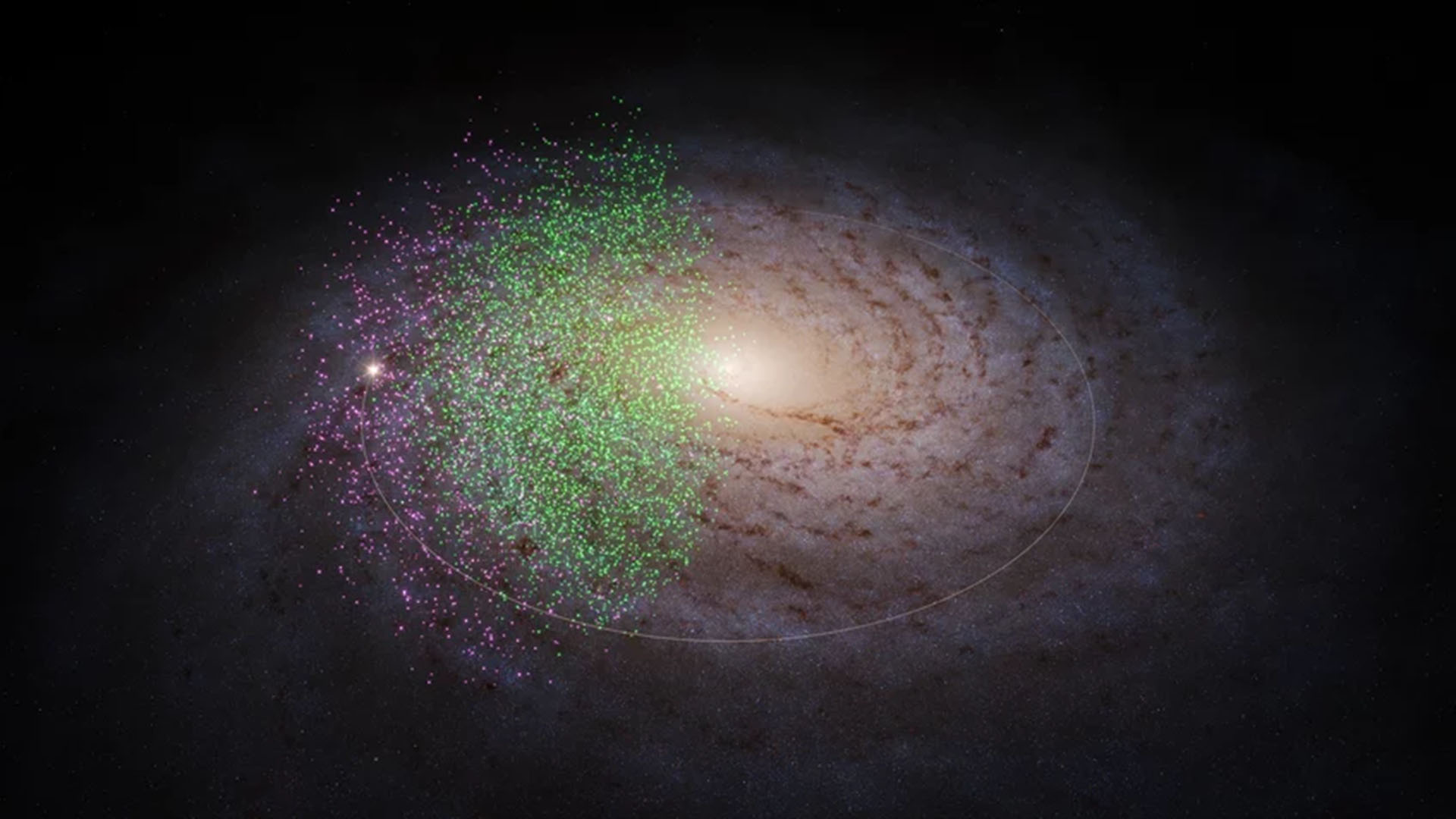
13 billion-year-old 'streams of stars' discovered near Milky Way's center may be earliest building blocks of our galaxy
By Brandon Specktor published
Two gargantuan structures discovered near our galaxy's ancient heart may be some of the earliest building blocks of the Milky Way. Researchers have named them Shiva and Shakti.

Spring equinox 2024: 'Equal night' brings the first full day of spring to the Northern Hemisphere
By Brandon Specktor last updated
The Spring equinox (March 19, 2024) signals the start of spring in the Northern Hemisphere, the beginning of autumn in the Southern Hemisphere, and a rare moment of "equal night" across the world.
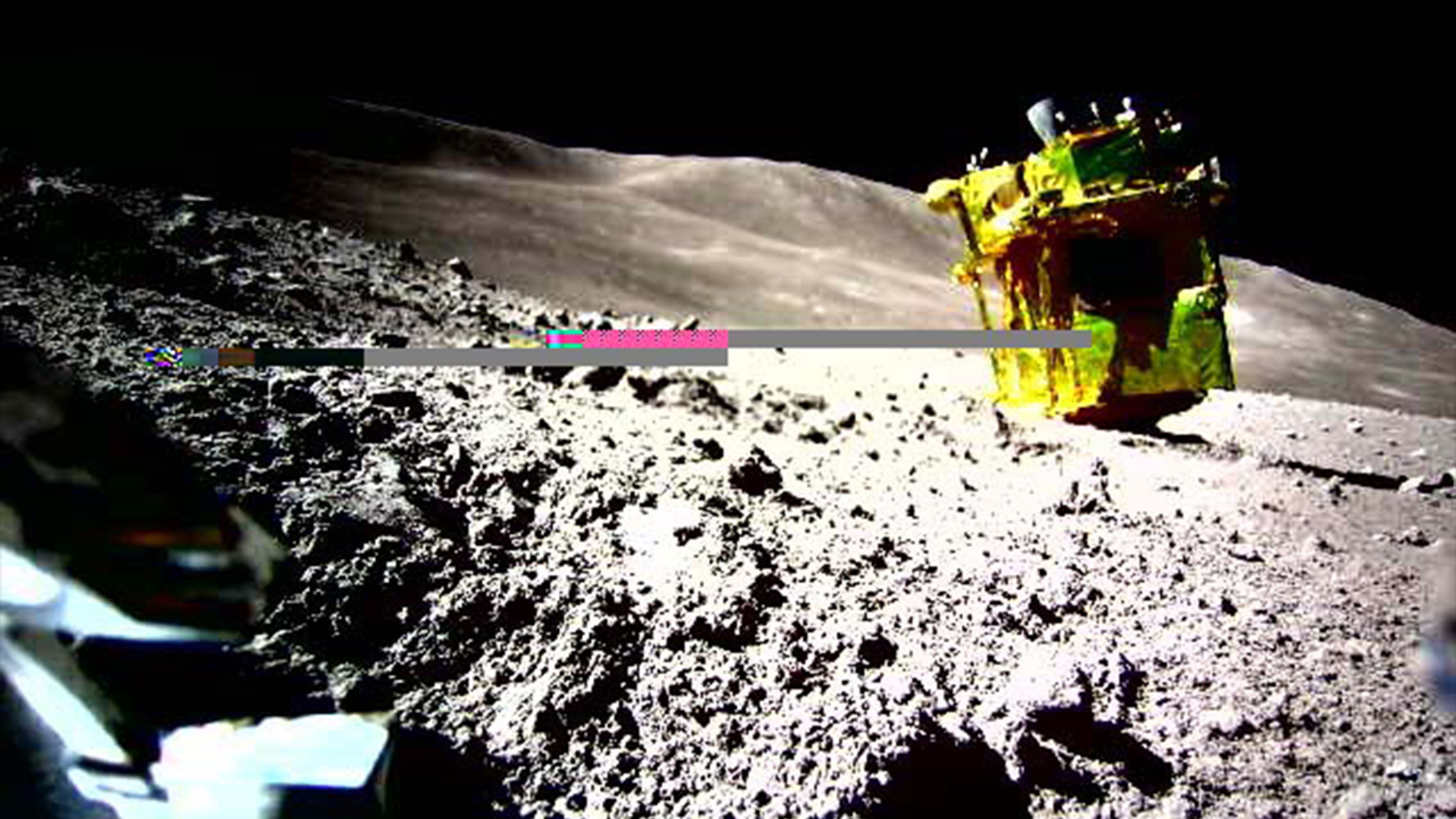
SLIM lives! Japan's moon lander revives after freezing lunar night, defying expectations
By Brandon Specktor published
After enduring two weeks in the freezing lunar night, Japan's SLIM moon lander awoke long enough to snap some new pictures and communicate with researchers on Earth.
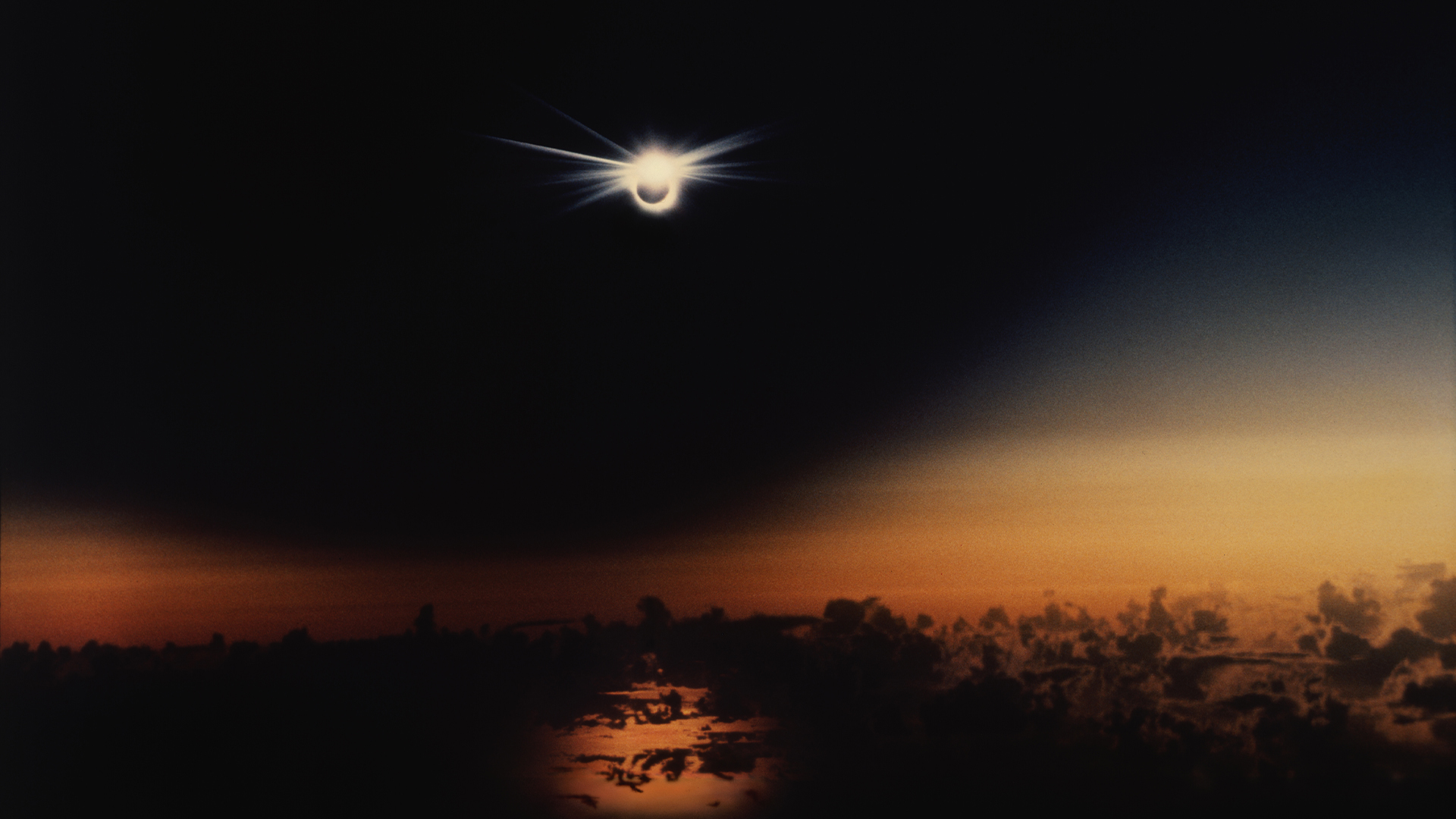
What is a solar eclipse?
By Jeanna Bryner last updated
Solar eclipses are some of nature's most dramatic celestial performances. Here's a look at the science behind the eclipse, and how to watch the next one on April 8, 2024.
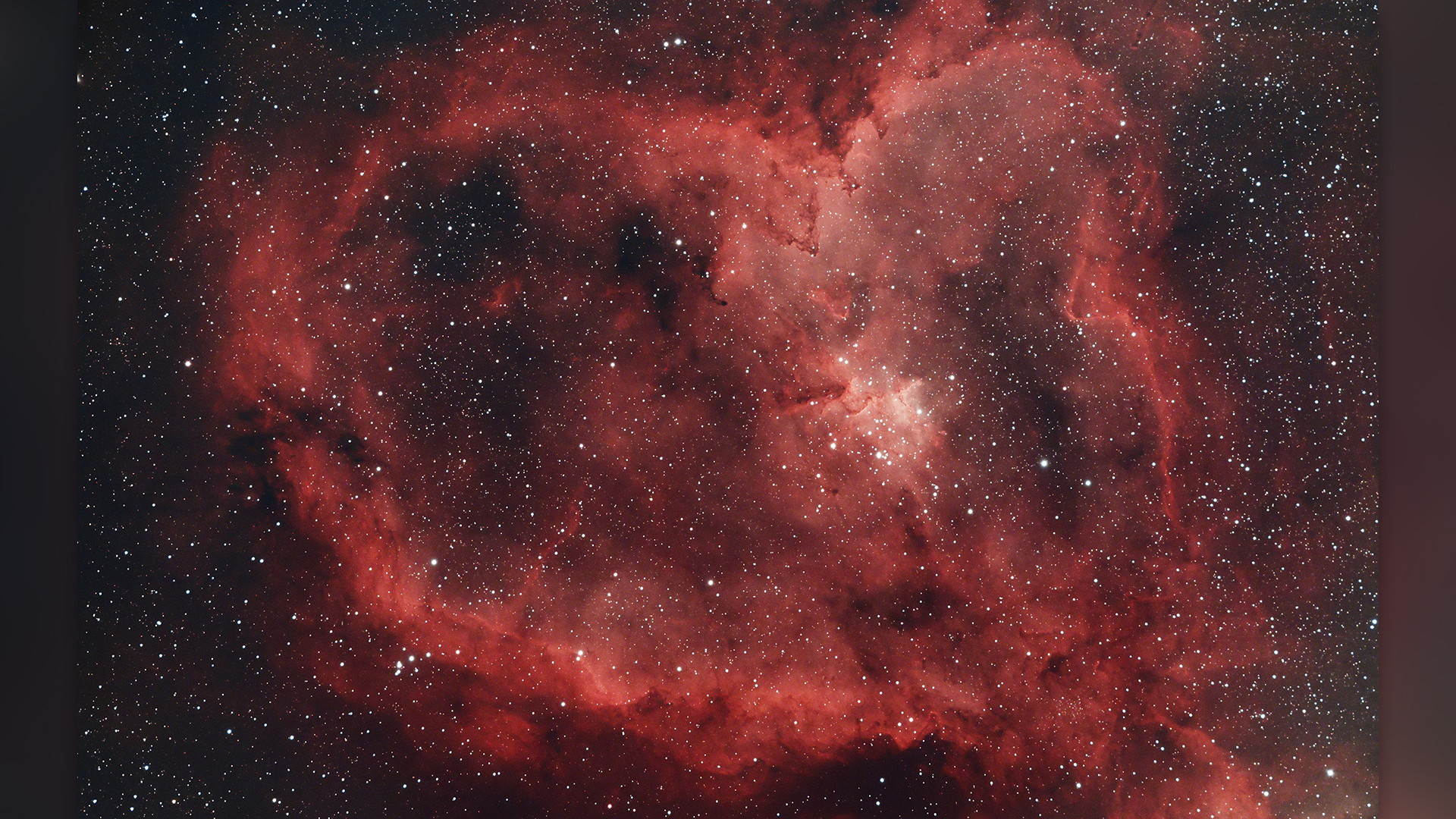
5 beguiling heart-shaped objects found in space
By Brandon Specktor published
From a 'potentially hazardous' asteroid to a pair of galaxies unable to quell their attraction, here are five of the most beautiful heart-shaped objects seen in space.
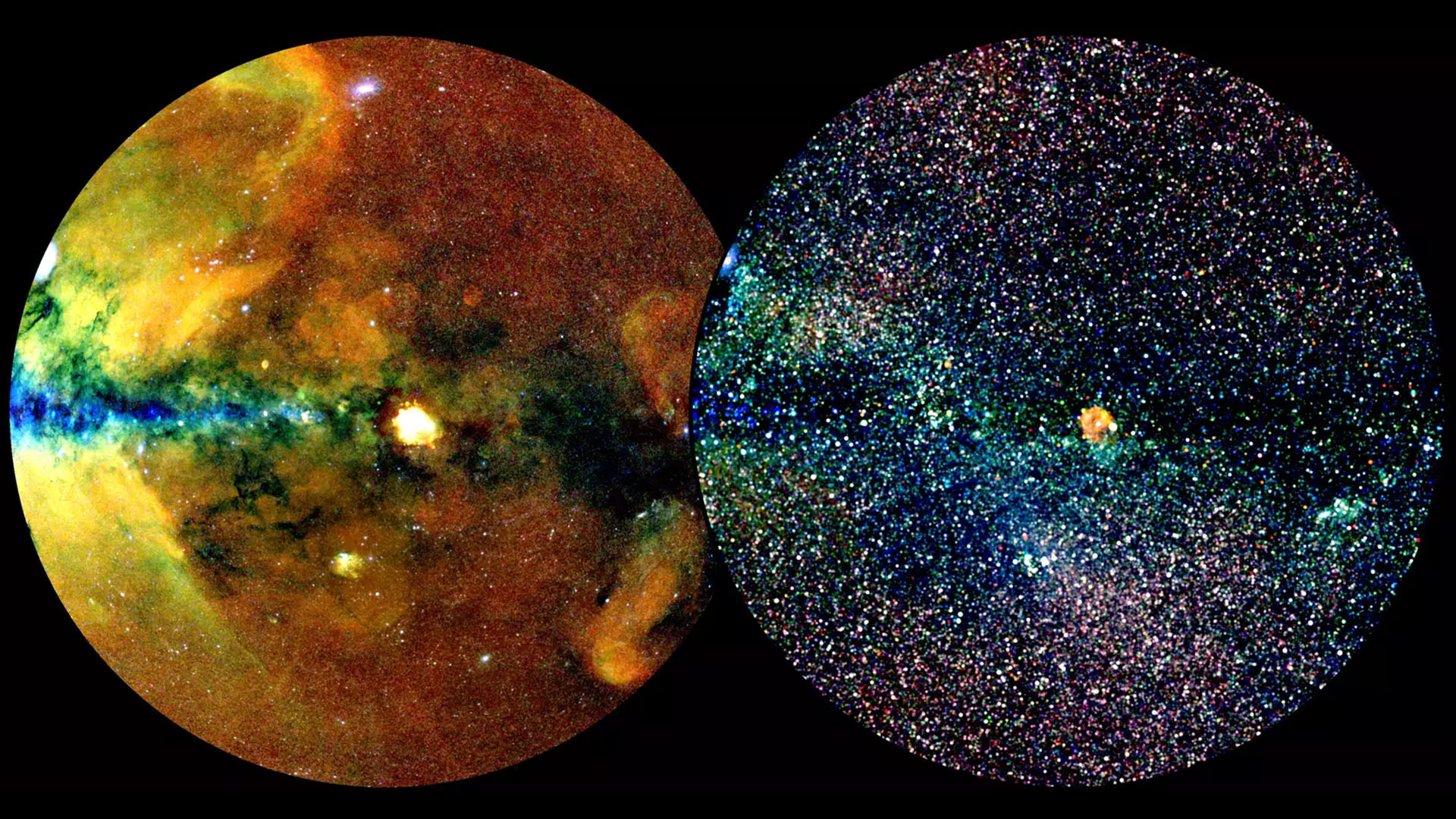
More than 900,000 stars, galaxies and black holes revealed in most detailed X-ray map of the universe ever
By Brandon Specktor published
Scientists using the eROSITA X-ray telescope have released a trove of data that reveals more than 900,000 objects in space, including 700,000 supermassive black holes and other 'exotic' objects.
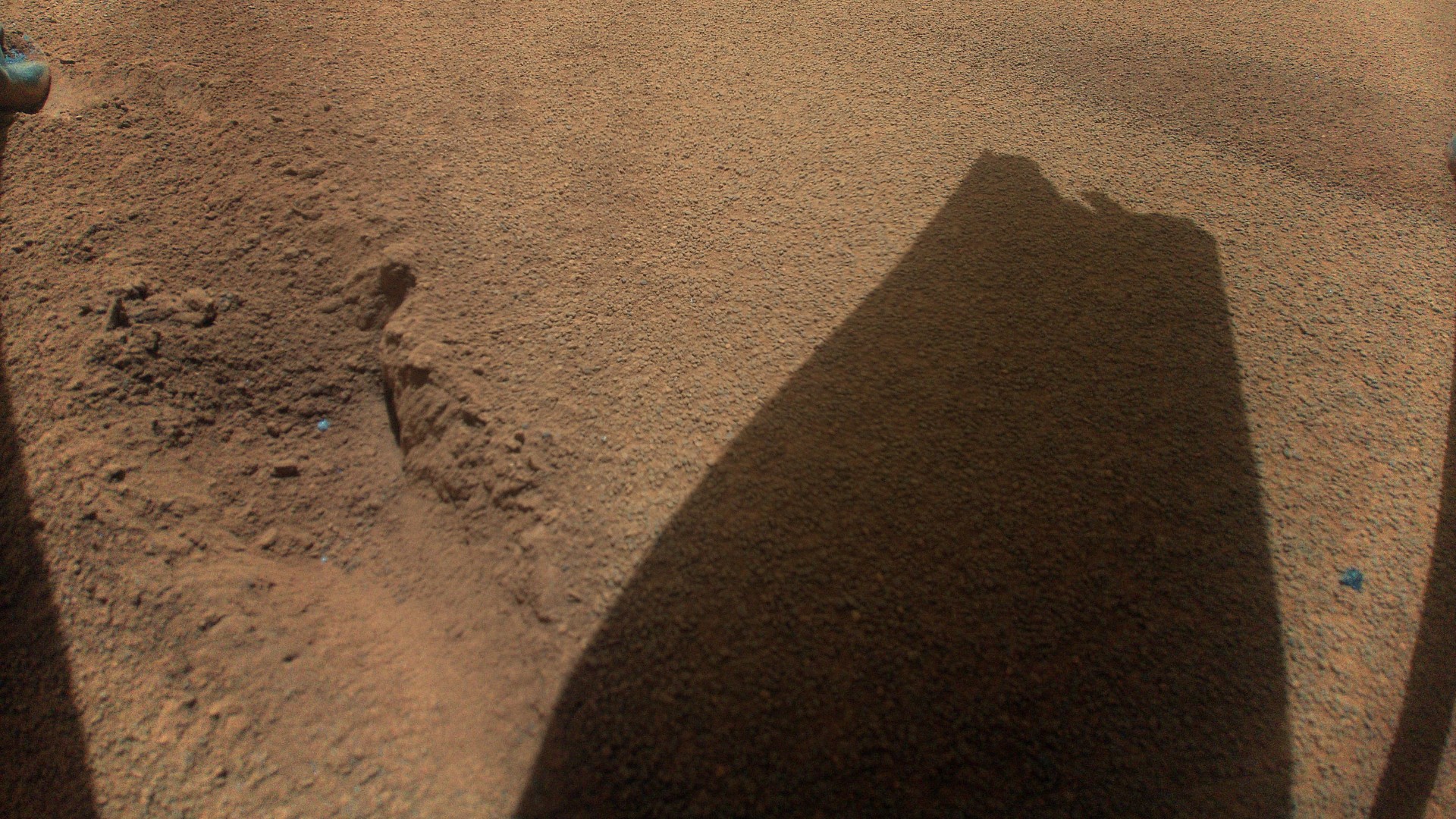
Ingenuity helicopter's final images reveal fatal rotor damage that brought it down on Mars
By Brandon Specktor published
The latest photos from NASA's immobile Ingenuity Mars helicopter reveal the extent of the rotor blade damage it sustained on its fateful 72nd flight.
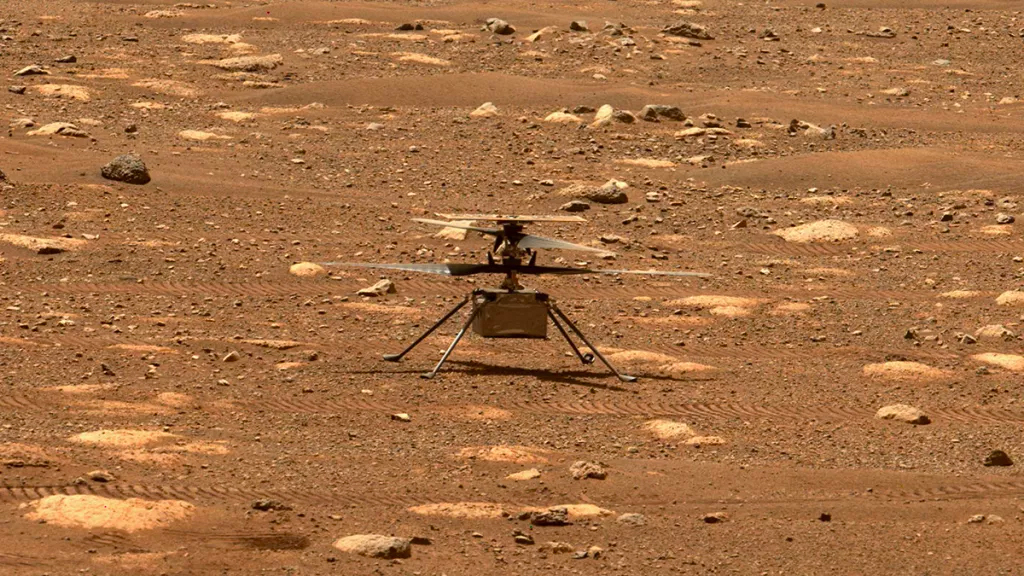
NASA's historic Ingenuity helicopter ends its 3-year Mars mission, suffering rotor damage on 72nd flight
By Brandon Specktor published
NASA's Ingeunity helicopter has finally ended its three-year mission on Mars after sustaining irreparable rotor damage on its 72nd flight over the Red Planet. It was only designed to fly five times.
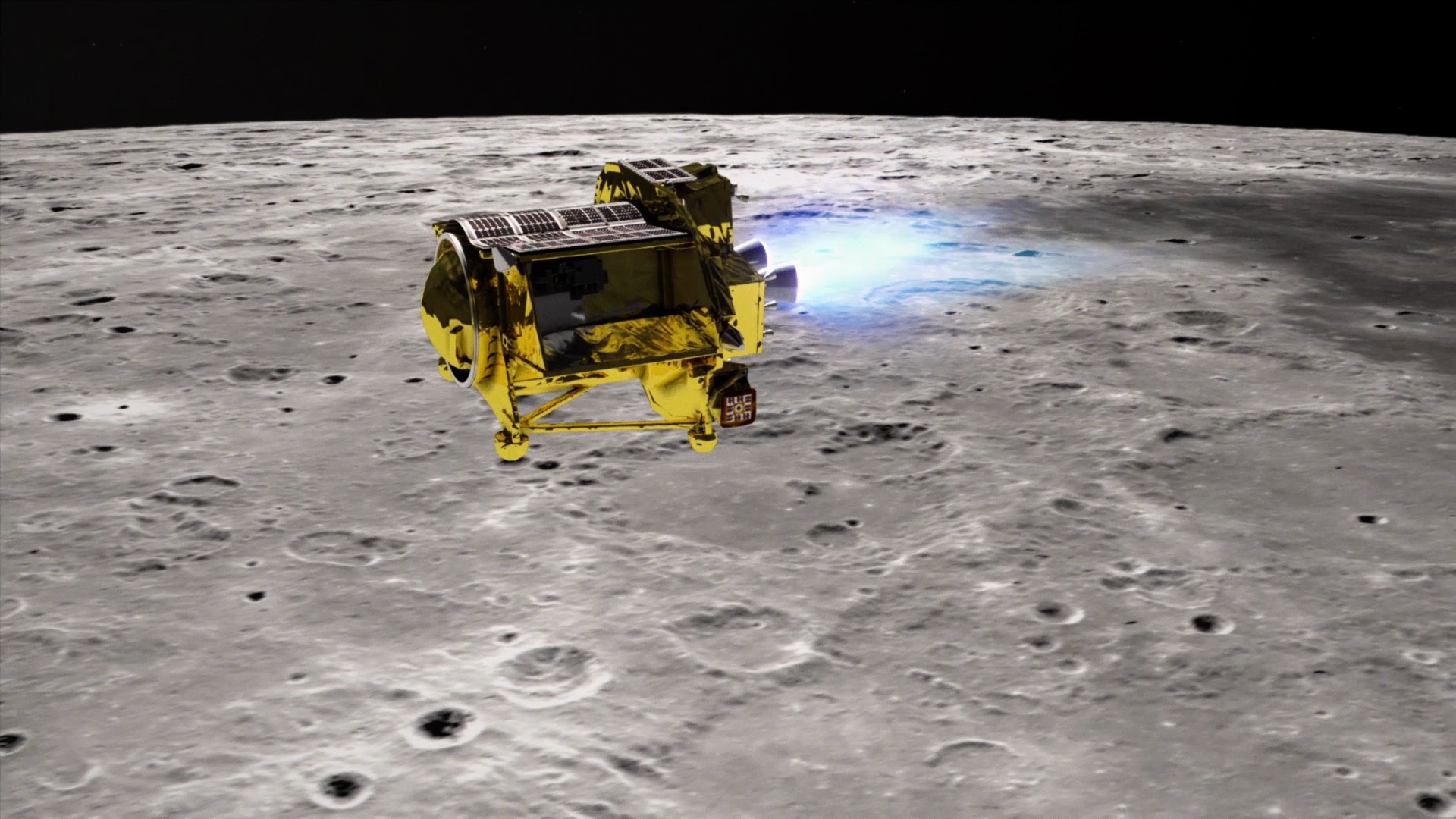
Japan's 'Moon Sniper' lands on lunar surface, but it may be dead within hours
By Brandon Specktor published
Japan's SLIM lander successfully reached the lunar surface on Friday, Jan. 19, but problems with its solar cells mean it could be dead on the moon within hours.
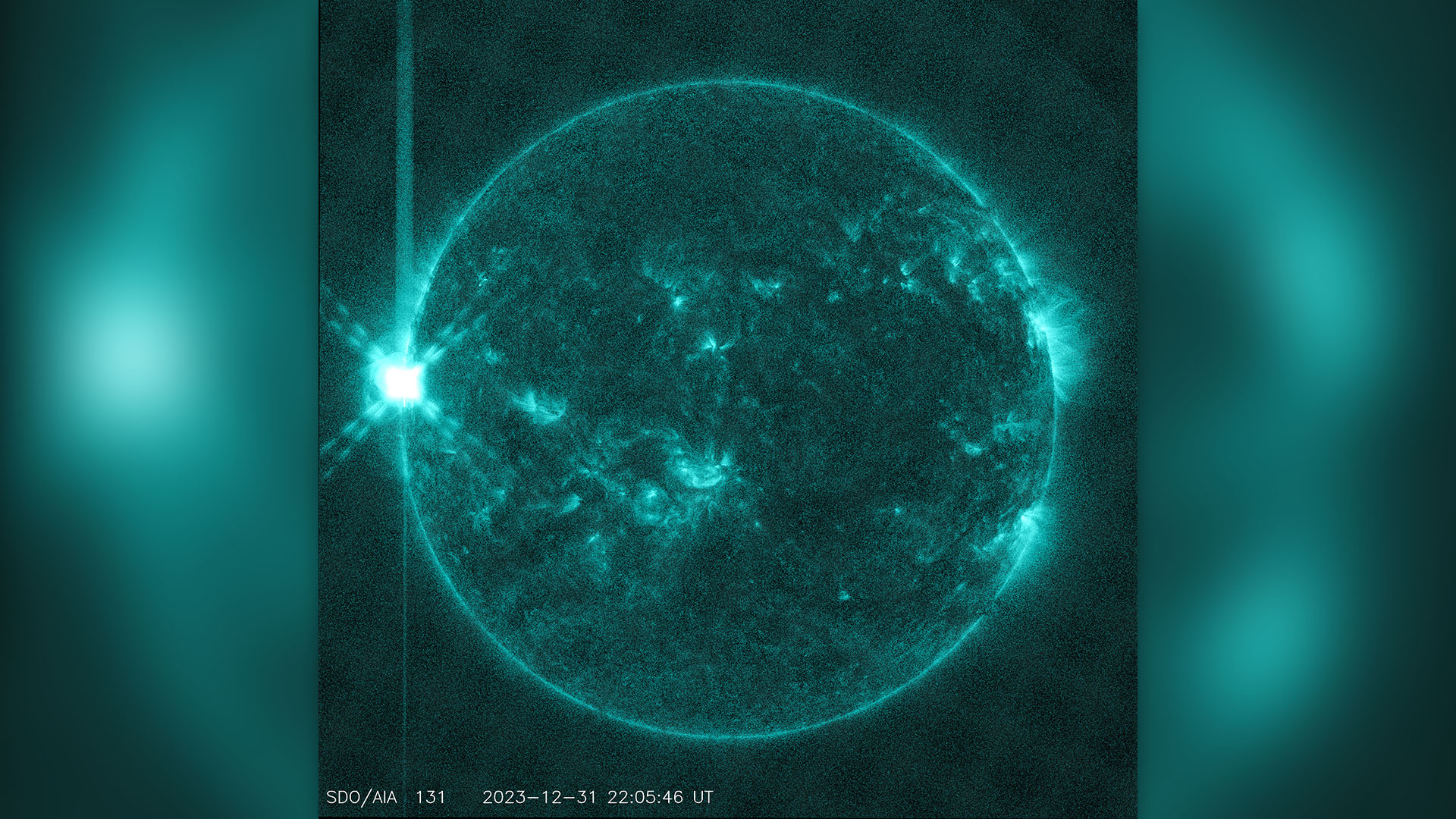
Monstrous X5 solar flare launched on New Year's Eve could bring auroras to Earth tonight
By Brandon Specktor published
In the final hours of Dec. 31, 2023, the sun launched its most powerful solar flare in 6 years. On Jan. 2, radiation from the blast may bring auroras to Earth's skies.
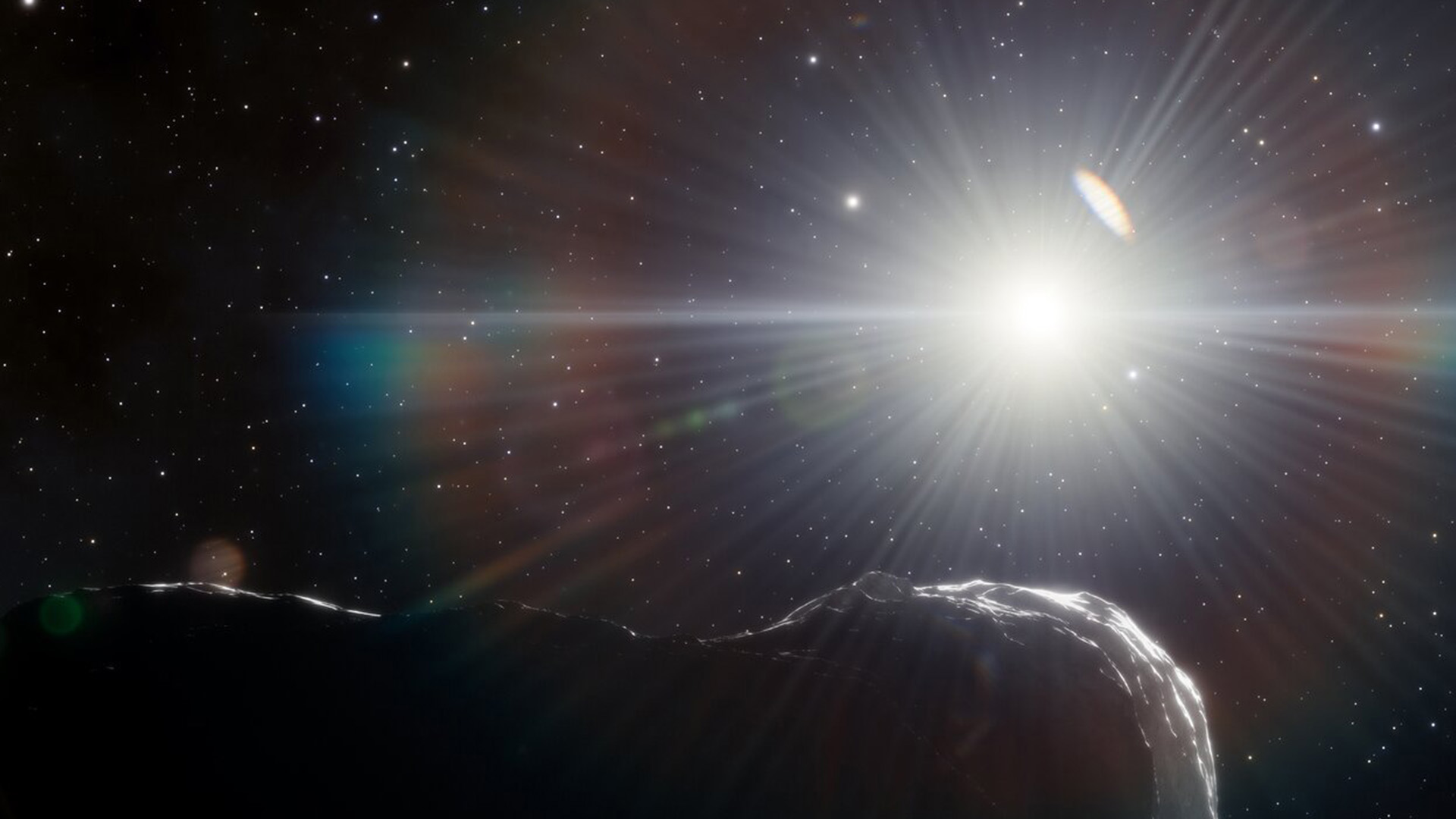
The 8 most Earth-shattering asteroid discoveries of 2023
By Brandon Specktor published
This year was one of the biggest ever for asteroid science, with NASA's triumphant return from asteroid Bennu, the grand reveal of organic molecules from asteroid Ryugu, a close look at the gory aftermath of an asteroid collision, and more.
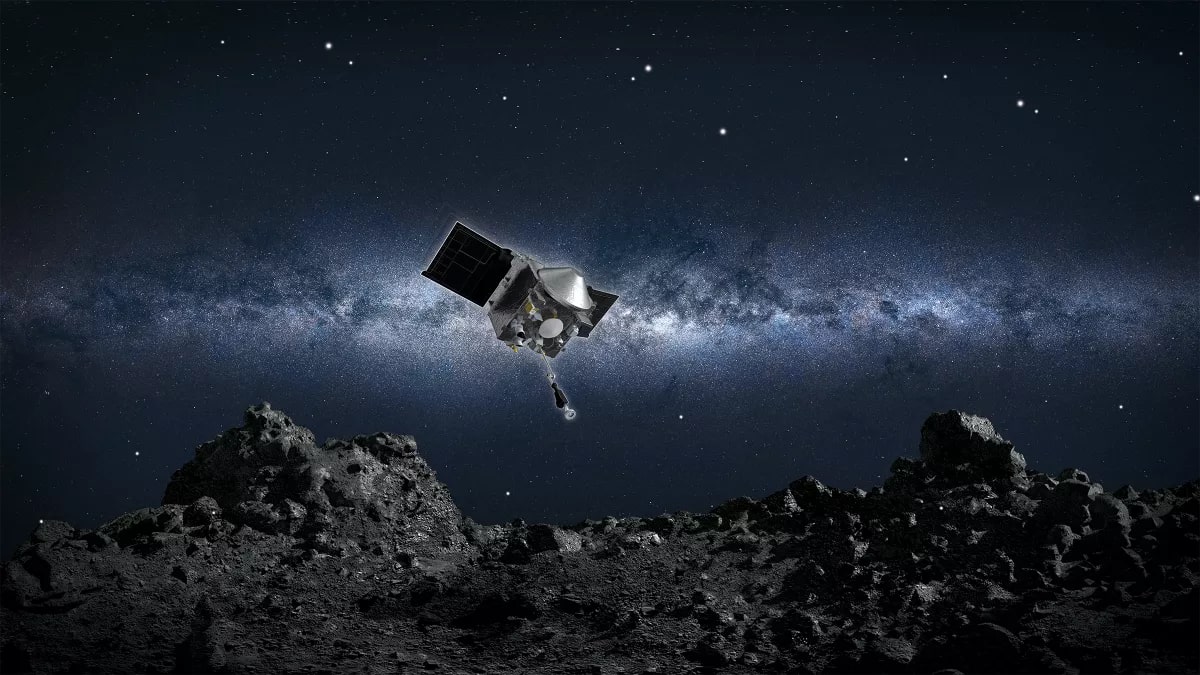
Editor's pick: The top space stories of 2023
By Brandon Specktor published
Aliens made headlines in 2023, but are we really any closer to finding life beyond Earth? A recap of the best new evidence, and other remarkable stories from the year in space.
Sign up for the Live Science daily newsletter now
Get the world’s most fascinating discoveries delivered straight to your inbox.
